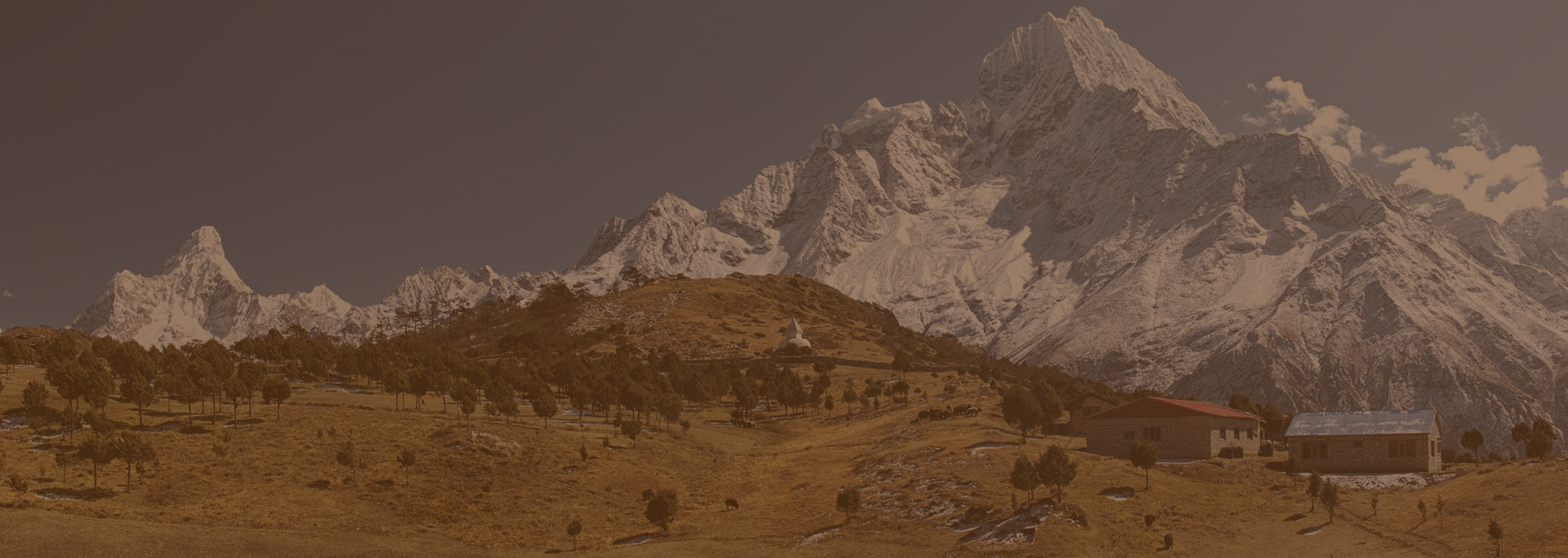
Yarsagumba Caterpillar fungus
Have Chemicals Used In New CANCER CURE.
Yarsagumba story
Yarsagumba, in science, is referred to as Ophiocordyceps Sinensis. It is also known as a Luxury Herb due to its rareness; according to several reports (several reports suggest that), the export of yarsagumba falls short as gathering the herb is rare and difficult.
Yarsagumba (Ophiocordyceps sinensis) for its medicinal properties first, as it has been used for centuries by various indigenous communities in the Himalayan region for traditional medicine purposes.
The use of Yarsagumba dates back at least to the 15th century when it was mentioned in a Tibetan medical text, "The Four Tantras" or "Gyushi," a foundational Tibetan Medicine text.
Yarsagumba (Ophiocordyceps sinensis) is known by several other names, including:
Caterpillar fungus
Himalayan Gold
Dong Chong Xia Cao (in Chinese)
Keeda Jadi (in Hindi)
Yarsagumba (in Nepali)
Jwaragra (in Sanskrit)
Tochukaso (in Japanese)
Seta sinensis (in Latin)
Yarshagumba is a yellowish caterpillar (Lepidoptera)- fungus fusion found in the grasslands above 3,500 meters. Before the stormy season, the fungus germinates larvae of ghost moths living in the verdant soil. The fungus then kills the larvae and mummifies them, resulting in a stalk-like, dark brown fruiting body.
The stalks of the fungus, at that point, spawn in the head, growing 2-3 inches in length and getting brown. The sweet yet neutral flavors of Yarsagumba taste much like any edible mushroom. It can be consumed as tea or soup, although it can also be eaten raw or cooked in various dishes. The most common way to prepare Yarsagumba is to boil it in water or simmer it in soup for several minutes, which helps to extract its medicinal properties.
In traditional Tibetan and Chinese medicine practices, Yarsagumba is often combined with other herbs and ingredients to create a medicinal tonic or tea. It is believed to have a bitter, earthy taste, which can be balanced with sweeteners like honey or sugar.
Combining Yarsagumba with alcohol could increase the risk of side effects or adverse interactions, particularly for people with underlying health conditions or who are taking medications.
Therefore, it is generally not recommended to consume Yarsagumba with whiskey or alcohol.
Collectors Story
Yarsagumba, also known as the Himalayan Viagra, is one of the world's most prized herbs, and for a good reason. This unique medicinal fungus grows in the Himalayan mountain regions of Nepal and is harvested during May and June. Its rarity and potency make it the most expensive herb in the world.
In Nepal alone, Yarsagumba is found in 27 different areas, 3000-5000 meters. Approximately 2500kgs of Yarsagumba have collected annually, providing a significant source of income for the country's rural communities.
Yarsagumba is primarily collected in Darchula, Dolpa, Jumla, Mugu, Bajang, Rukum, Myagdi, Manang, Gorkha, Rasuwa, Sindhupalchowk, and Sankhuwasabha. The town of Tanki-Manang in the Manang area alone collected around Rs. 30 million from Yarsagumba collectors, which was used to build community micro-hydro projects of 160 Kilowatts.
The rich cultural and economic significance of Yarsagumba in the Himalayan region makes it a true natural wonder and a source of pride for those who call this unique place home.
Darchula, Dolpa, Jumla, Mugu, Bajang, Rukum, Myagdi, Manang, Gorkha, Rasuwa, Sindhupalchowk, and Sankhuwasabha, are the main areas where yarsagumba is collected.
In the Manang area, tanki-manang town gathered around RS.30 million from yarsagumba collectors, which was utilized to fabricate local area miniature hydro ventures of 160 Kilowatts.
